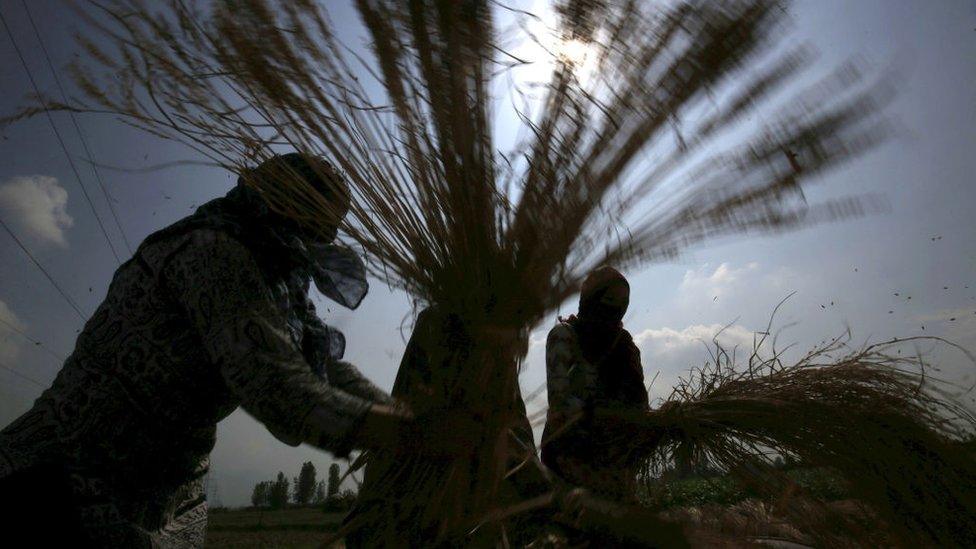How Kashmir's artists are portraying life under lockdown
- Published
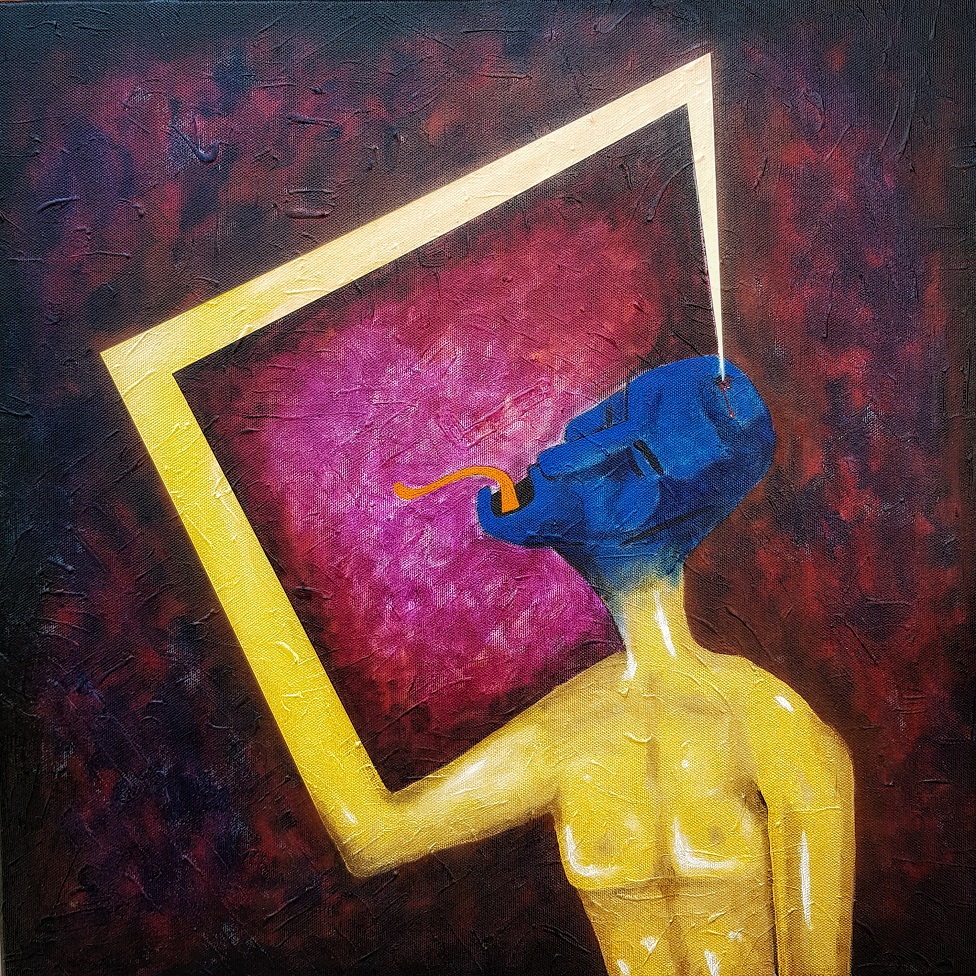
This piece by Syed Mujtaba Rizvi shows how Kashmiris are being robbed of the ability to speak
A long shutdown in Indian-administered Kashmir has disrupted millions of people's lives. The BBC's Chinki Sinha speaks to artists about how their work has been affected.
"I will send you a photo of the key hanger I made when I go back," he said.
Malik Sajad, 33, a graphic novelist, was in the capital Delhi to use the internet in November, like many others from his home of Indian-administered Kashmir. But he never did send me the picture.
The region was under a partial internet ban for months, after having been subjected to the longest shutdown of any democracy.
Authorities had imposed a clampdown on Kashmir on 5 August 2019, after they revoked the Muslim-majority region's semi-autonomous status and split it into two federally-administered territories.
Landlines and mobile phone networks were also severely restricted for months before being gradually allowed to come back online.
The government said the measures - decried by many as draconian and excessive were necessary to prevent violent protests and maintain law and order.
But for many, they have brought about hopelessness and despair.
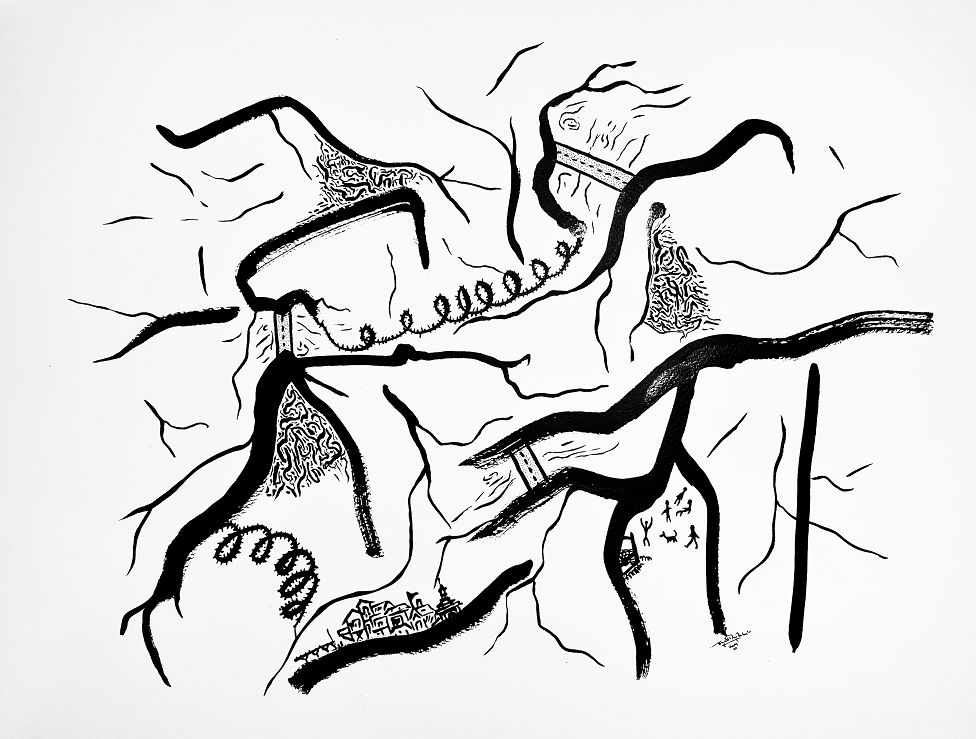
A landscape of Kashmir featuring the coils of barbed wire that are used to cordon off areas
Among those affected are a cohort of Kashmiri artists, who say they have long used their art as a medium of expression, resistance and resilience.
Mr Sajad, who has worked as a cartoonist for the Greater Kashmir newspaper since he was 15 and published a graphic novel about life in the region, says he began making a little cardboard helicopter for his three-and-half-year old nephew after the little boy was fascinated by drones flying in the sky above their home.
"That's art, too," he said.
He added that many artists were trying to record the difficulty of their everyday lives, as a response to the situation there.
Life in the region is not easy. One of the most militarised zones in the world, Kashmir is claimed in its entirety by both India and Pakistan, which only control parts of it.
The two nuclear-armed rivals have already fought two wars and a limited conflict over it. A militant uprising in the nineties against Indian rule saw a revival after Indian forces shot dead a popular militant in 2016. Thousands of civilians participated in rallies against the government, which were violently dispersed by security forces.
Delhi-based Kashmiri origin performance artist Inder Salim is one of them. He says he has created jewellery out of the pellets that he says have caused such chaos among ordinary people in the region.
Indian forces have been criticised for their use of pump action shot guns that spray pellets to quell civilian protests. Although non-lethal, the weapons have caused hundreds of cases of full and partial blindness, including among children and babies.
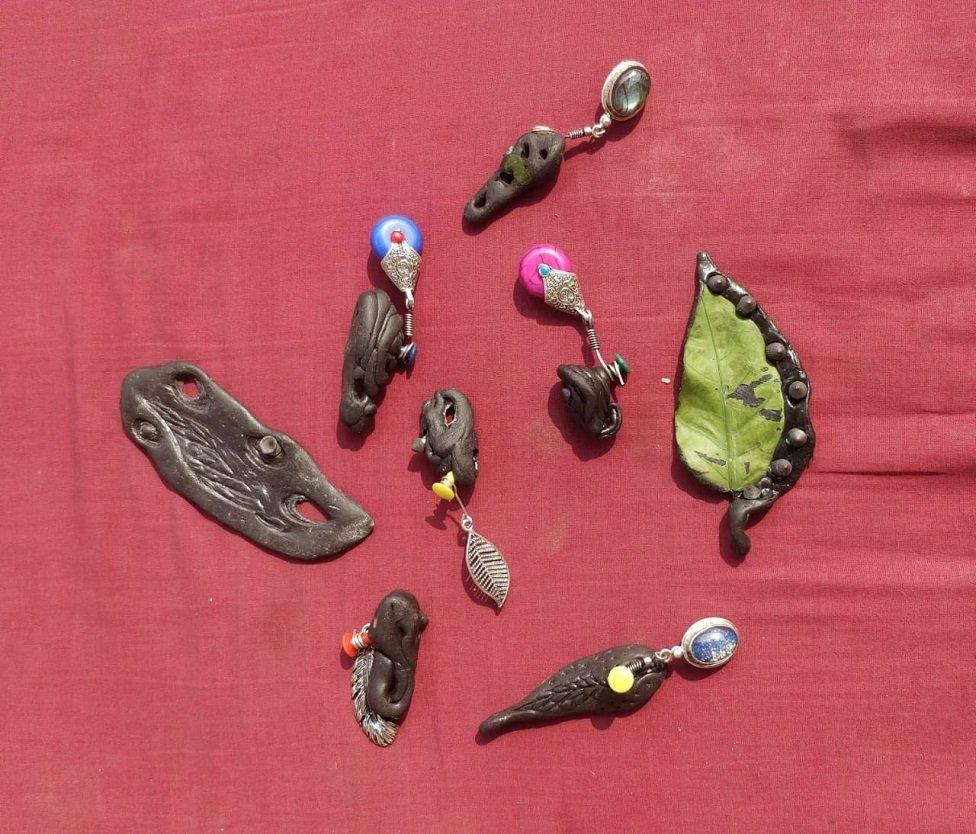
Pellets are thought to have blinded hundreds in Kashmir
But Mr Salim, who is known for his provocative performance art, says his "main work" at the moment is a petition he has filed in the Supreme Court challenging the government move on Kashmir.
Other artists are responding in different ways.
Artist Masood Hussain (64), who has lived in the city of Srinagar for most of his life, says he has spent a lot of his time "chronicling" life in Kashmir, but that this time, things feel different.
"All my paintings before concluded with hope. This is the first time I have not concluded with hope but doom," he told the BBC over the phone from Srinagar.
His latest work, on canvas, is what he calls a "response" to this "final betrayal". It is a rendition of a black and white photo of India's first prime minister Jawaharlal Nehru in conversation with Sheikh Abdullah, who held the title of Kashmir's prime minister, discussing Article 370 - the constitutional provision that guaranteed Kashmir its special status.
Many have called the revocation of this provision a "betrayal" of the basis on which the princely state of Kashmir became a part of India.
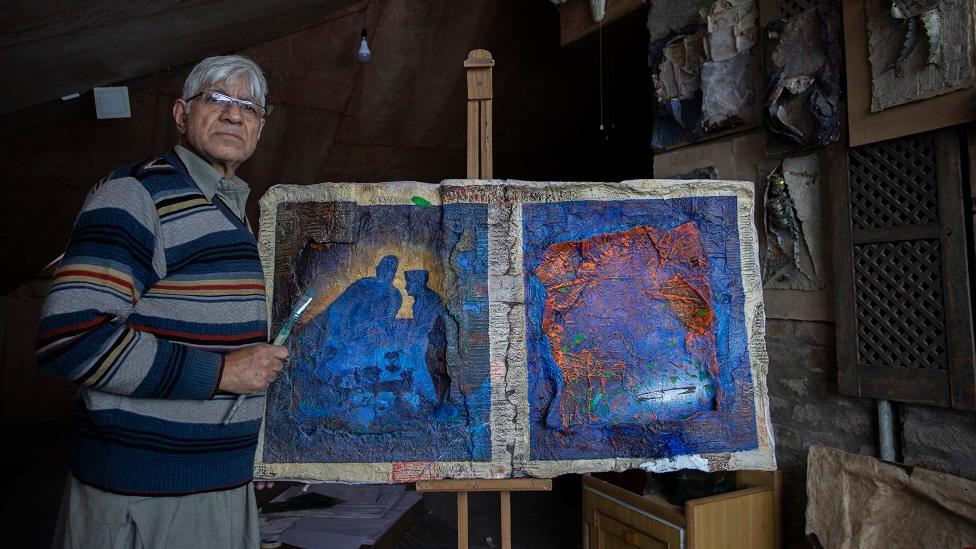
Artist Masood Hussain says this piece is his "most despondent work" to date
Artist Syed Mujtaba Rizvi says the lockdown adversely affected his work, he has spent long hours in his studio at home in Srinagar since the lockdown happened.
"I made absolutely nothing for at least the first 30 days. After that, I had to force myself into doing something, for the sake of my own sanity," he said.
His work "Normalcy in the Shrine" is a reference to the fact that many media outlets have been reporting that life is "back to normal" there.
It is a painting of one of the minarets of the historic Jamia Masjid in Srinagar, where people have been barred from praying - not just during the last three months of the lockdown, but quite often in the past decade.
His other painting- of a woman holding a dead child - is a continuation of a series that Rizvi started last year. It is called Redundant Conversations.
According to him, the creative process of art thrives in a conflict zone. However, he says it dies because there is no-one to see the work.
"No-one wants to show works by Kashmiri artists at the moment. Even the Srinagar Biennale is on hold for now," he said.
These works will languish as they have always. But they are an antidote to the news that portrays Kashmir as "normal".
The silenced YouTubers of Kashmir
- Published6 August 2019
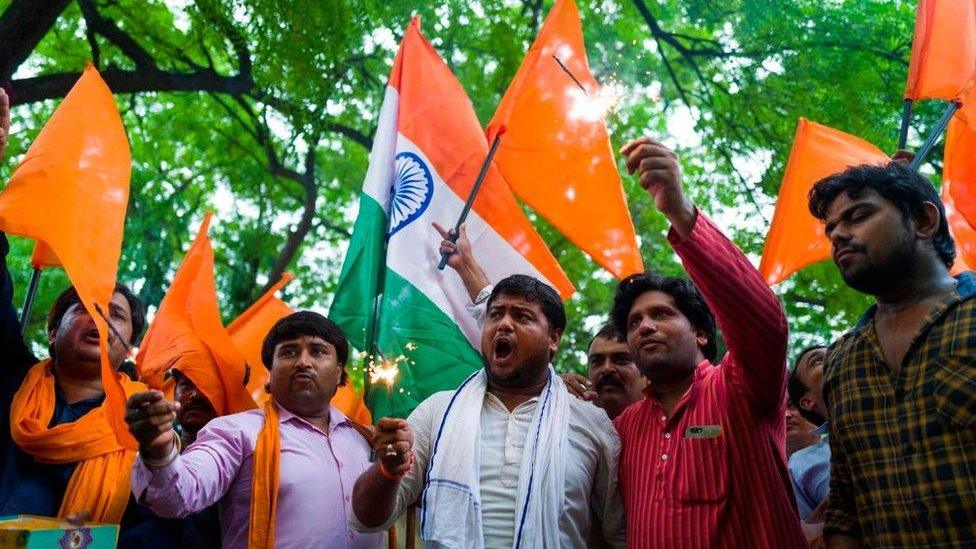
- Published8 October 2019
